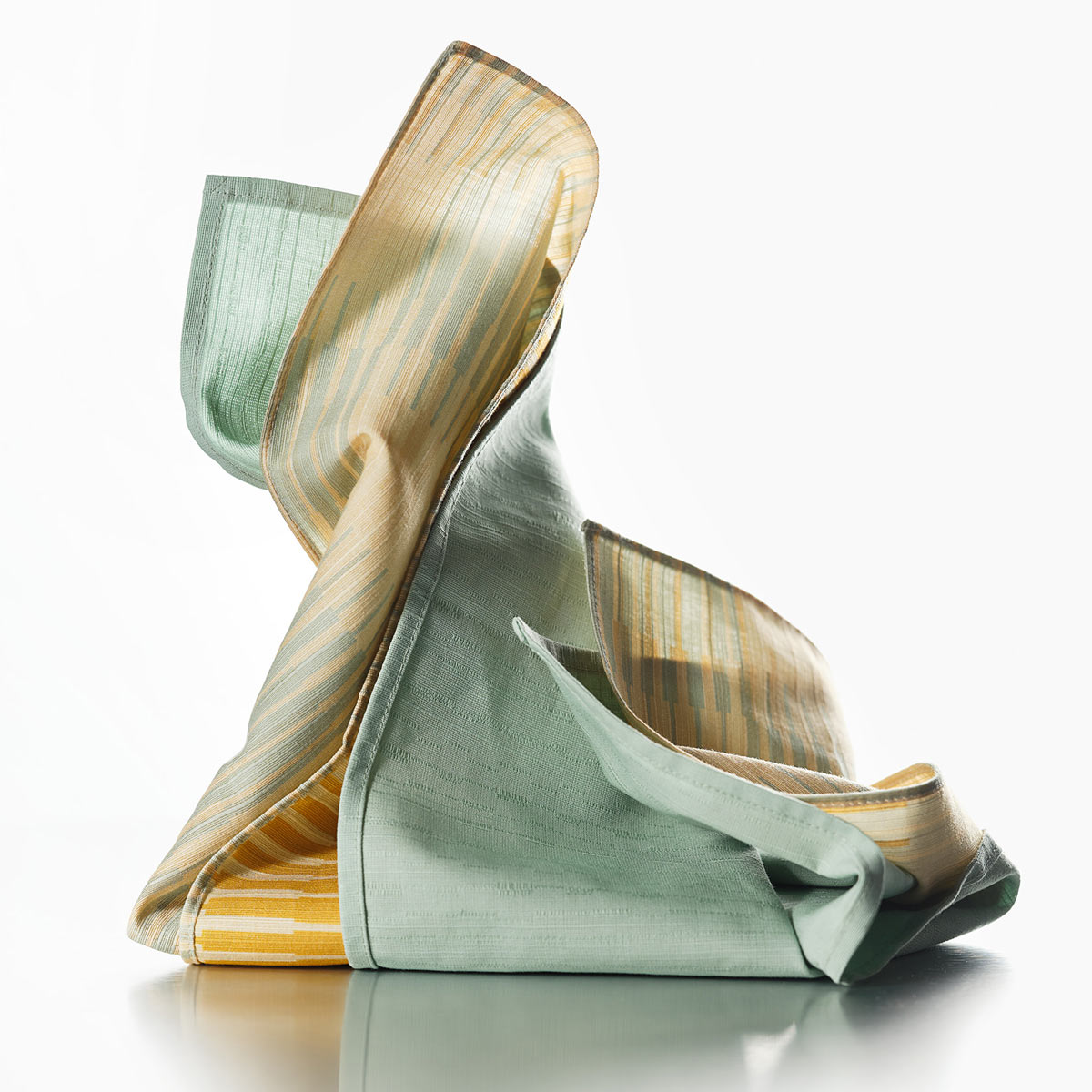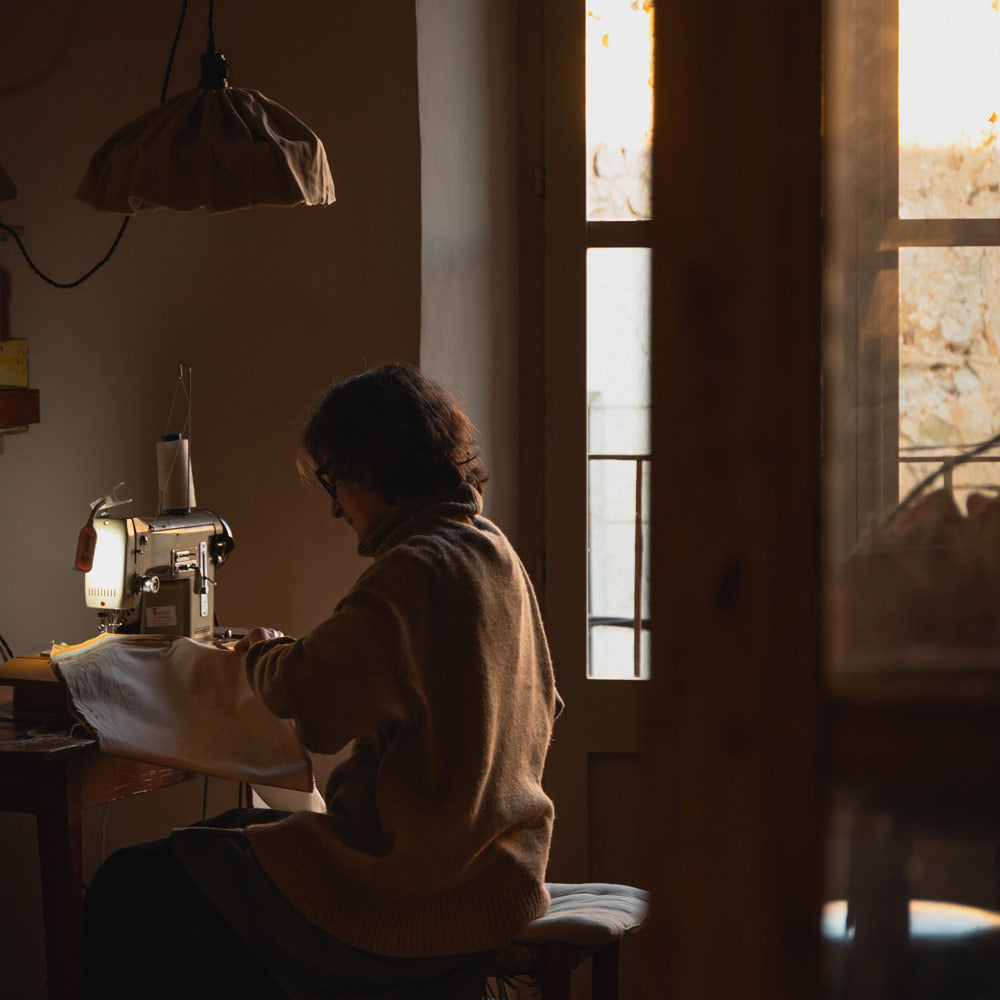In the Predynastic Period, potters created a wide variety of ceramic vessels, and one of the most unusual was a bowl with anthropomorphic supports shaped like human feet. The theory goes that these simple, round bowls with a forward tilt were designed to hold offerings and used in rituals.
The 15th-Century porcelain bowl is a remarkable example from China's Ming dynasty, featuring a cobalt blue and white floral motif. The bowl is made in the traditional tapered shape of a rounded lotus bud or chicken heart lotus, and is supported by a shallow foot. The bowl is adorned with peony, chrysanthemum, and pomegranate flowers in a silky glaze. Notably, there are only six known pieces like it in the world.
In the Predynastic Period, potters created a wide variety of ceramic vessels, and one of the most unusual was a bowl with anthropomorphic supports shaped like human feet. The theory goes that these simple, round bowls with a forward tilt were designed to hold offerings and used in rituals.
The 15th-Century porcelain bowl is a remarkable example from China's Ming dynasty, featuring a cobalt blue and white floral motif. The bowl is made in the traditional tapered shape of a rounded lotus bud or chicken heart lotus, and is supported by a shallow foot. The bowl is adorned with peony, chrysanthemum, and pomegranate flowers in a silky glaze. Notably, there are only six known pieces like it in the world.







